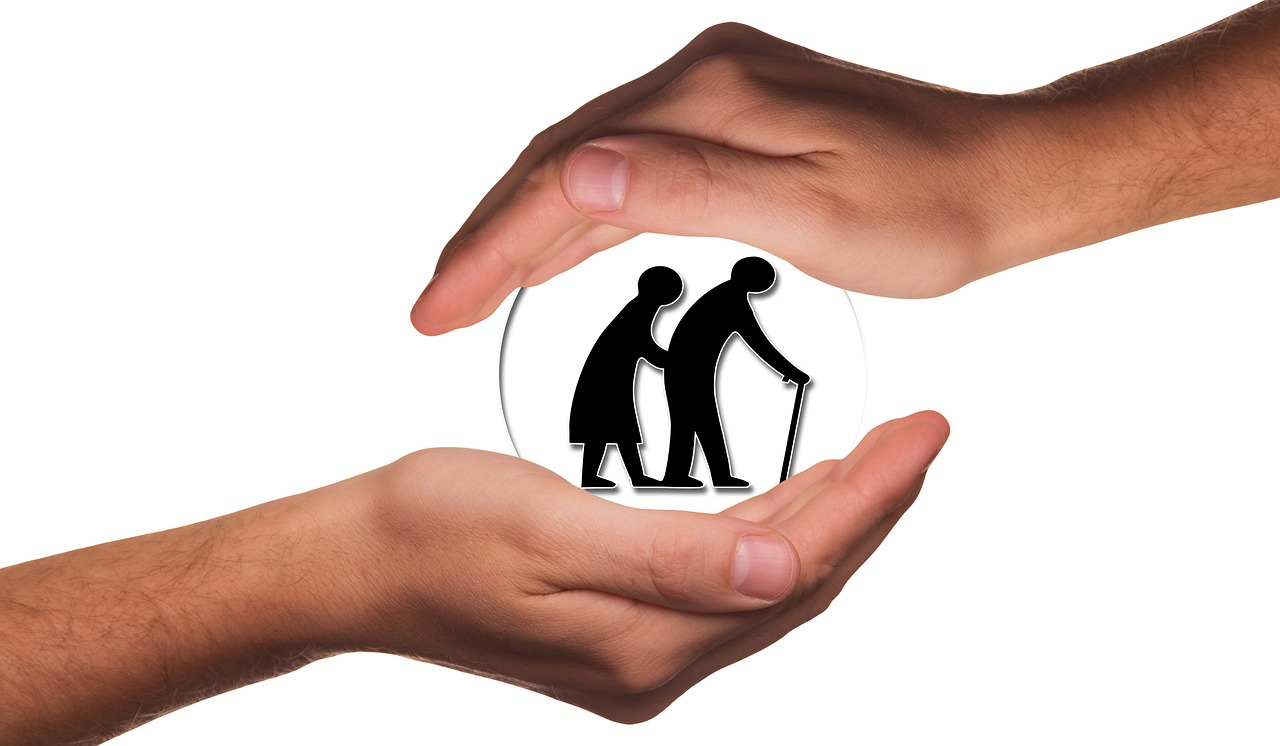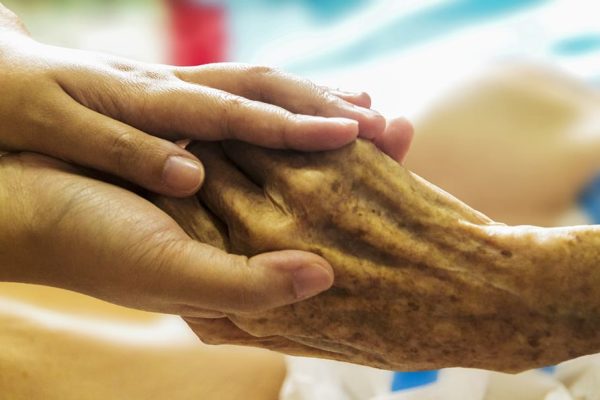The COVID-19 pandemic has disproportionately impacted the elderly, killing one in every 100 older Americans as the US death toll surpasses 800,000. As a result, nursing home facilities are especially vulnerable to severe virus transmission — namely nursing homes, which have experienced drops in facility occupancy due to the pandemic.
Now, as infection rates rebound due to the Delta and Omicron variants, nursing home facilities remain a point of emphasis within reactionary safety protocol. This process holds significant implications for facility occupancy, which faces an uncertain future amidst the ebb and flow of a perpetual health crisis. Facilities, in turn, have had to constantly innovate their safety protocol, centering these efforts on occupant and staff wellbeing.
Remaining Afloat
Even as COVID mutates, the nursing home sector has adapted to address primary risk factors, ease health-related anxieties, and uphold a sense of normalcy. These considerations promote a culture of safety and stability, but they also benefit each facility’s overall viability, which is often directly linked to occupancy-driven revenue. The pandemic’s newfound prevalence has jeopardized this process, leaving many facilities in flux as they fight to implement changing regulatory protocol and, subsequently, maintain a healthy operational revenue stream.
A 2021 study by the American Health Care Association and National Center for Assisted Living (AHCA/NCAL) highlights this ongoing economic challenge. In surveying 616 nursing homes and 122 assisted living communities, the study found that “more than half of nursing homes and nearly half of assisted living communities say their facility is operating at a loss.” Specifically, revenue losses led 49 percent of these facilities to make crucial cuts, and only about a quarter of them expressed confidence that they could last longer than a year under these conditions.
This notion means that stagnation is not an opinion; facilities must remain innovative in caring for occupants and staff, navigating evolving pandemic regulations, and putting themselves in the best position for long-term survival.
Constant Adaptation
The last two years have pushed the nursing home sector to reimagine its safety and care principles — a longstanding challenge for this space. Before the pandemic, facilities already faced regulatory requirements like periodic occupant assessment, high-level facility inspection, and communication of electronic data to state and national databases.
Now, facilities must balance pre-pandemic regulation compliance with a new, ever-evolving set of COVID-specific expectations (namely those dealing with occupant distancing, mask-wearing, and virus-specific messaging). The latter stands as a prevailing norm for the sector’s immediate future — one that must be closely followed to keep occupants safe and, therefore, maintain crucial occupancy rates.
Facilities have also had to grapple with the fact that COVID-related regulations are constantly changing, matching the pandemic’s volatile nature. In this sense, previously commonplace methodologies are sometimes modified based on subsequent trends and findings.
For instance, blanket safety regulations like visitor bans were inevitable in the pandemic’s early stages, but such measures have since been tied to occupant and staff hardship. One study, published by the International Long Term Care Policy Network, found that “visitor bans severely negatively impacted the mood and behavior of residents, resulting in a significant increase in psychotropic medication use.” Subsequently, this trend “likely contributed to reported increases in staff workload, stress, and burnout.”
To prevent these snowball effects, facilities should take a fluid approach to safety protocol, readying both staff and occupants for a potentially fickle regulatory environment.
Caring For Staff
Nursing home staff are among the countless healthcare professionals burdened by pandemic-driven stress. A 2021 study of nursing home staff illustrates this notion, noting how increased responsibilities and complex and confusing work circumstances have led to staff burnout. Surveyed nurses also cited public scrutiny of nursing home facilities, chronic staffing shortages, and rapidly changing expectations.
These issues warrant an equally expansive reimagining of facility principles — this time for staff support and empathy. The Institute for Healthcare Improvement suggests several potential solutions in this regard, such as keeping the facility transparent and communal, offering outlets for additional mental and emotional support, and seizing more opportunities to relay appreciation and implement enjoyable diversions.
Bracing For the Future
There is currently no end in sight for the pandemic (or its impact on the nursing home sector). However, senior facilities can endure by emphasizing tangible solutions — especially those conducive to comfortable occupancy, staff accommodation, and, broadly, an empathetic and forward-thinking internal culture.
The National Academy of Medicine notes the importance of continuous infrastructural change and personalization within pandemic-era nursing home care. This study concludes, “the physical design and operating model of these nursing homes must be revised to accommodate the need for patient isolation, social distancing, reduction in the cycling of staff and patients from the community to the facility, and staff protection during times when infectious diseases are rampant.”






